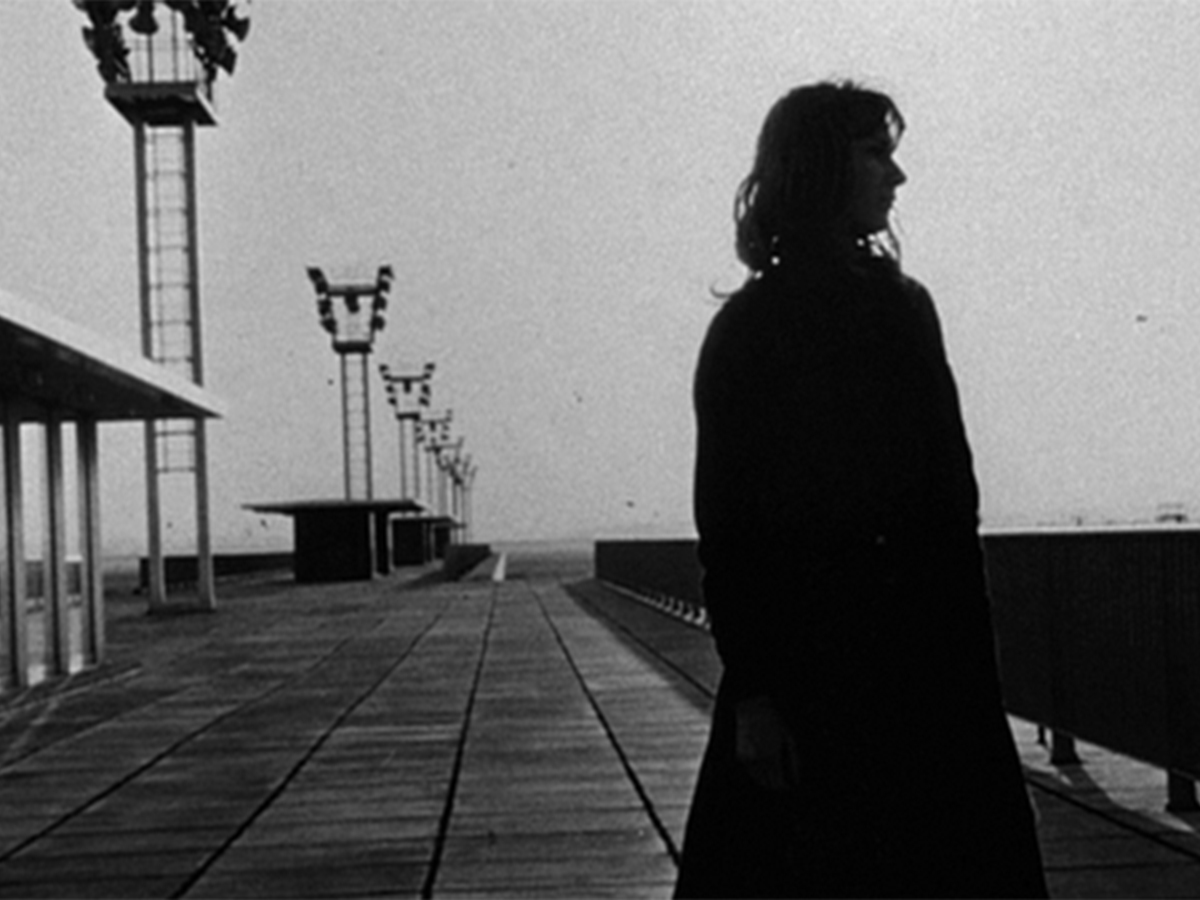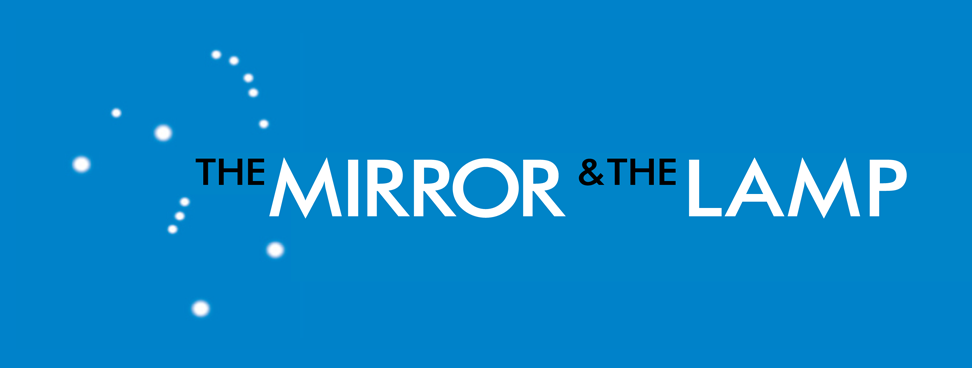Knowingly or not, Chris Marker’s metaphorical use of time travel in Ja Jetée (1963) elegantly exhibits Heidegger’s view that the human way of being is temporalizing. And it directs our attention to a phenomenon that is central to Heidegger’s argument in Being and Time, namely that temporality is the fundamental condition of intelligibility as such.
For Heidegger, the distinctively human way of being (“Dasein”) consists in making sense of things. We do this, he says, because things matter to us, and they matter to us because they make sense. To make sense of something is to take it as a certain thing – for example, as a tool, say a hammer, with a certain use (hammering), connections with other tools (nails, planks of wood), and connections with various ways of being (being a carpenter, being a handyman).
Intelligibility – that something is “disclosed” as something – depends on what Heidegger calls “finitude,” which is a characteristic of human temporality. Things show up to us as X rather than Y or Z; to take a hammer as a tool for hammering is to not take it as a paperweight (as we might do under certain circumstances). To exercise any given possibility of being is to refrain from exercising many others. If we were not finite, all of our possibilities would be accessible to us at all times, nothing would matter more or less than anything else, and there would be nothing to disclose because everything would be disclosed. Temporality and finitude thus go together as the possibility conditions of intelligibility, and because finitude is exhibited in mortality, it may be said that death gives life meaning.
Dasein understands itself in terms of its possible ways of being, but the possibility of death is special: it is the impossibility of being, which of course is not a way in which Dasein can be at all. Although it is an absolute certainty, there’s a sense in which death is unintelligible: it is not a possibility that can be understood as something for the sake of which one does something. Rather, it is “always before one” as the limit of one’s ability to make sense of one’s world. Temporalizing, although it unites past, present, and future in a whole and makes it possible to understand Dasein as a whole, is a limited whole. The possible impossibility of Dasein is what makes temporalizing itself possible.
To understand La Jetée, we need to add one more feature of Heidegger’s picture of human temporality. We can understand our way of being in the world either authentically or inauthentically. That is, we can acknowledge our way of being and take personal responsibility for it, or we can fail to acknowledge it and go about our lives as if we were just ordinary objects constituted by necessary and sufficient properties. When we are authentic, we relate to and unify our properties (including temporalizing) by understanding them as constituted in part by our attitudes towards them.
Thus, the past exists for us authentically when we take it to be a legacy or tradition that we draw on to choose how to be. The past appears in the present as the cultural and historical world that provides various roles we can play, but we personally choose which ones to play and how to play them. As Heidegger puts it, a tradition is something we “hand down to ourselves.” Similarly, the future exists for us authentically as that to which we are committed. Authenticity also requires that we acknowledge that finitude is the condition of our freedom to make sense of the world by making an available role our own and committing ourselves to it.
Authenticity, then, consists of taking oneself as personally committed in the present to a way of being made possible by one’s cultural legacy, and taking the future as the activity of bringing about what is required by one’s commitment.
In the world of La Jetée, this is not possible.
The past. The past doesn’t take the form of a legacy; it is merely “no longer.” It survives in the present only in the form of ruins. There are virtually no meaningful roles to play and the world is now a “kingdom of rats” whose goal is mere biological survival. The past is not present and cannot be made present in a “usable” way. The time traveler is a partial exception: he has a vivid memory that matters to him deeply, but he doesn’t know what it means (it is more concealed than disclosed). It does, however, provide him with a possible project, namely understanding the remembered image and why it matters.
The present. Ordinarily Dasein makes sense of itself by identifying and adopting a possible way to be, but the present does not provide the freedom required to do so. The time traveler’s project is not something to which he committed himself. It was imposed on him, and for a purpose unrelated to his interest in his remembered image (the experimenters were interested in time travel as an instrument of their project). He does in fact play a highly dramatic role given that he sacrifices his life to save humanity; he’s a Christ-like figure. But this means more to the viewer than to the time traveler. He knows little about it, and it was not a personal choice.
(The choral music that accompanies the credits is the Russian Orthodox liturgy for Holy Saturday, which is dedicated both to commemorating the dead and anticipating the Resurrection: Jesus was entombed on Saturday and rose on Sunday. Its themes are sacrifice, suffering, martyrdom, and redemption, which apply to the film as a whole and the time traveler in particular.)
The future. The existential meaning of the future is that to which we are committed. But commitment is not possible because there is nothing to commit to. This is one reason that the past “stands out” for the man, for whom the present and the future have nothing to offer. The experimenters, however, are oriented to the future, which they take as something they are actively bringing about by means of the time travel project, to which they are strongly committed. However, they misunderstand temporality by taking it as an object they hope to manipulate. They regard time as a linear sequence of instants, one or another of which can literally be inhabited exclusive of all the others. They have what Heidegger would call a “technological” understanding of time as a flexible resource to be ordered, enhanced, and re-ordered. The time traveler is also a resource for the experimenters. So although they can be said to have a project and therefore the ability to make sense of their lives, it is a project of domination and control that will create a “pacified future.”
An important theme of La Jetée, then, is unintelligibility. From this perspective, the physical destruction of Paris brought about by World War Three is a metaphor for the destruction of the possibility conditions of intelligibility, which Marker regards as characteristic of twentieth century modernity. The argument is that for us, as Hannah Arendt put it, the tradition that connected past and future has been broken and the past can no longer reliably guide the present. When the world changes so quickly that the experience of one generation can have no authority for the next generation, distinctions of quality cease to matter, meaning and purpose are reduced to subjective preferences, strong commitments have no place, and the acquisition and exercise of power is, to quote Coach Sanders, not only everything, but the only thing.
Time as we experience it is best understood as uniting or spanning the past and future in the present. In our everyday lives, the future never arrives and the past was never present – or rather, it is present, and matters to us in the present, as our having been. Similarly, the future is present, and matters to us in the present, as what is coming to be. Or, for authentic Dasein, the past is what we have made ourselves responsible for and the future is what we are committed to bring about. The experimenters, however, understand time as a linear succession of instants, each one earlier or later than the others. They don’t realize that although time travel may be logically possible, it is existentially impossible: if time is not finite, then the essential condition for meaningfulness does not obtain.
As Heidegger would see it, restoring our connection to past and future requires finding a way to treat the past as a legacy and the future as a commitment – as the narrator of La Jetée puts it, we must “call the past and the future to the rescue of the present.” Until that happens, we will be “without plans, without memories” – at least not any we can understand – and will have nothing but “the flavor of the moment.” Authenticity will be elusive, and like the time traveler we will not know “whether we seek or are sent, whether we invent or dream.”
As a bit of proof for the Heideggerian inspiration of the film, consider that jetée is related to jeter (to throw), to jeté (that which is thrown, a projectile), and to projeter (to project, as in to project a film), which taken together constitute an allusion to Heidegger’s idea of the human way of being as “thrown project.”



